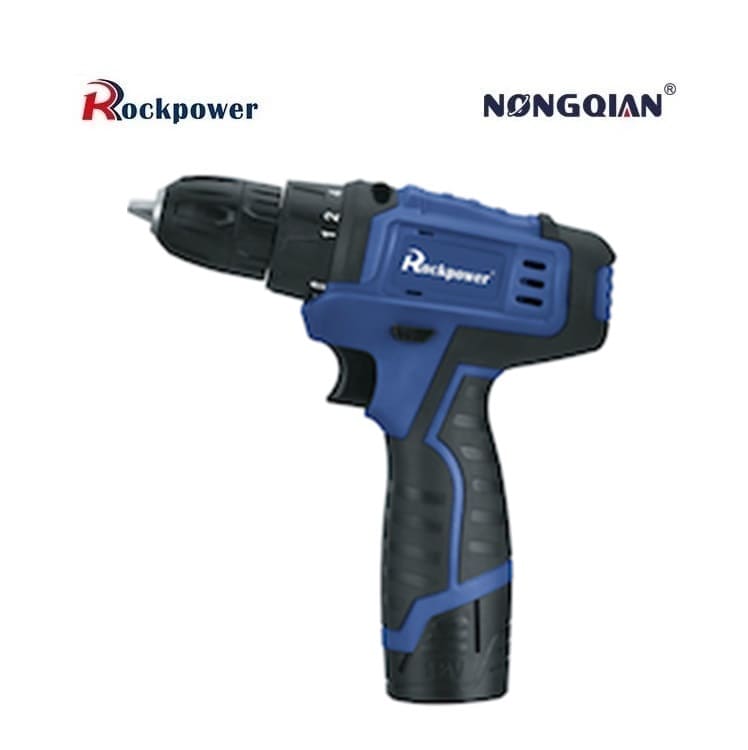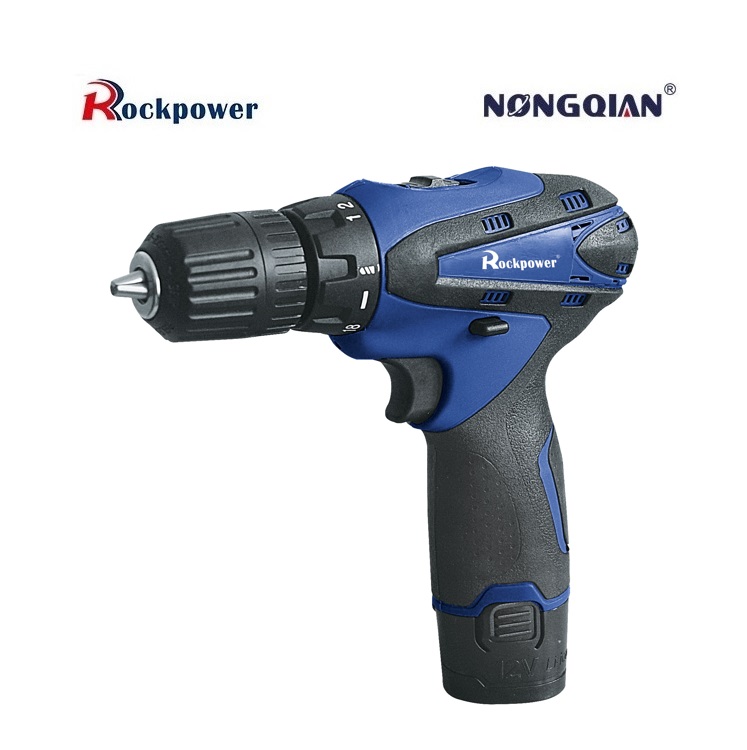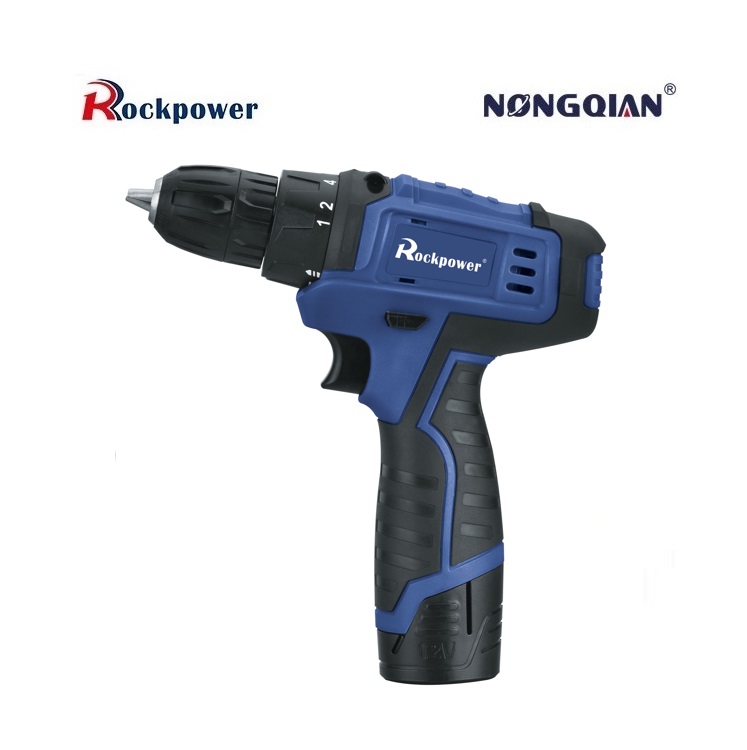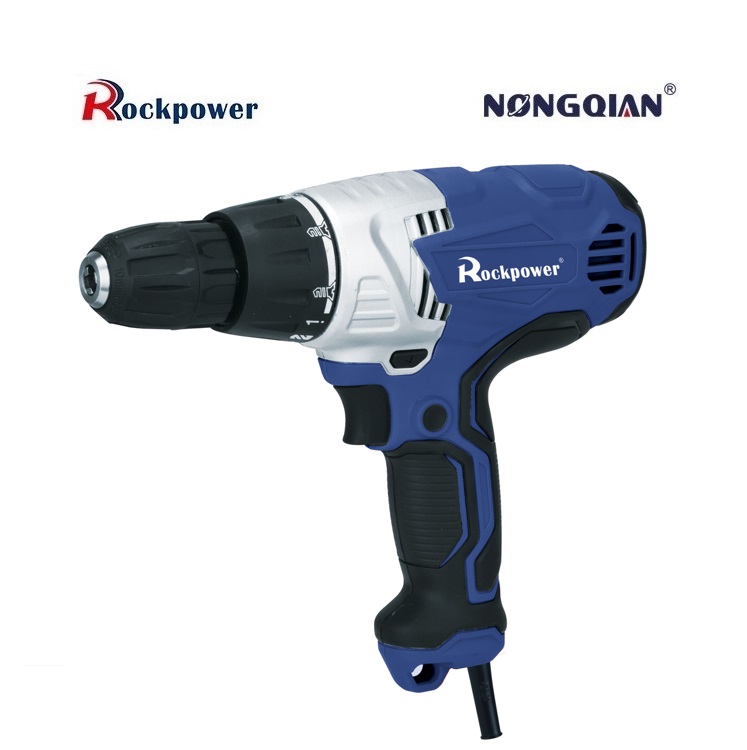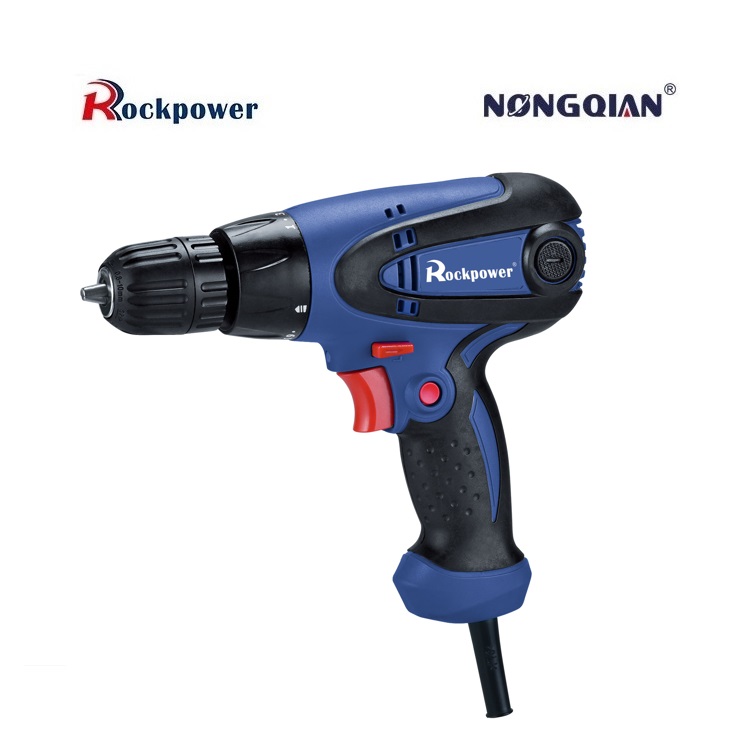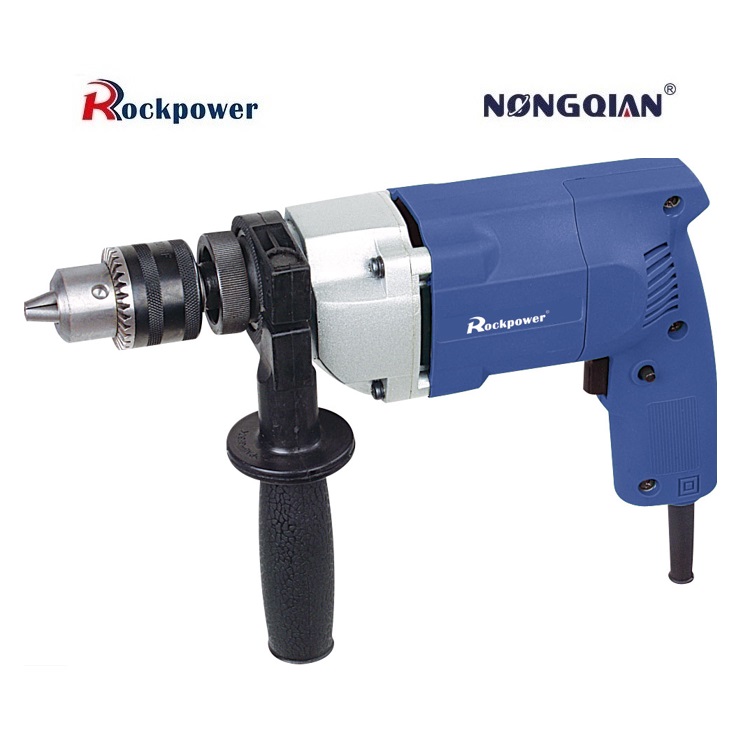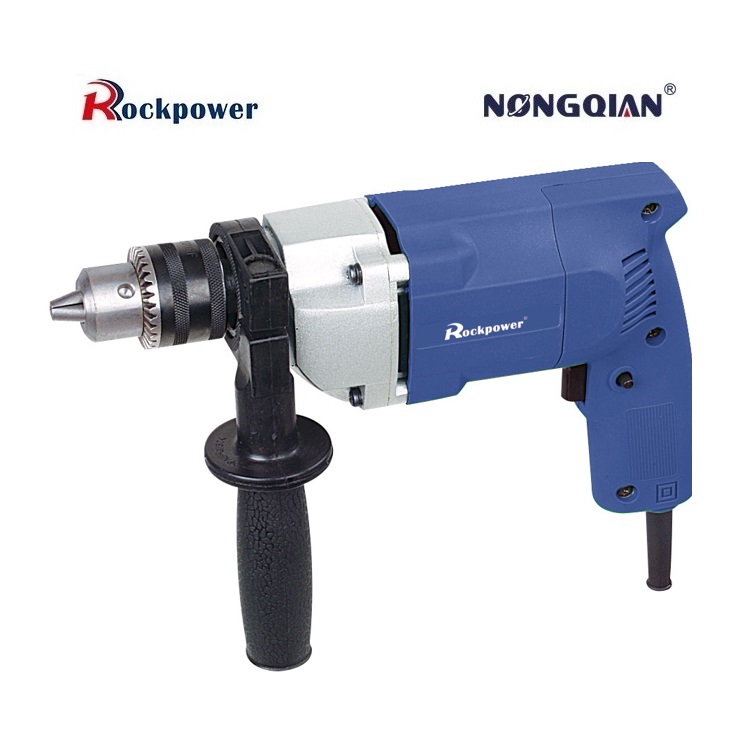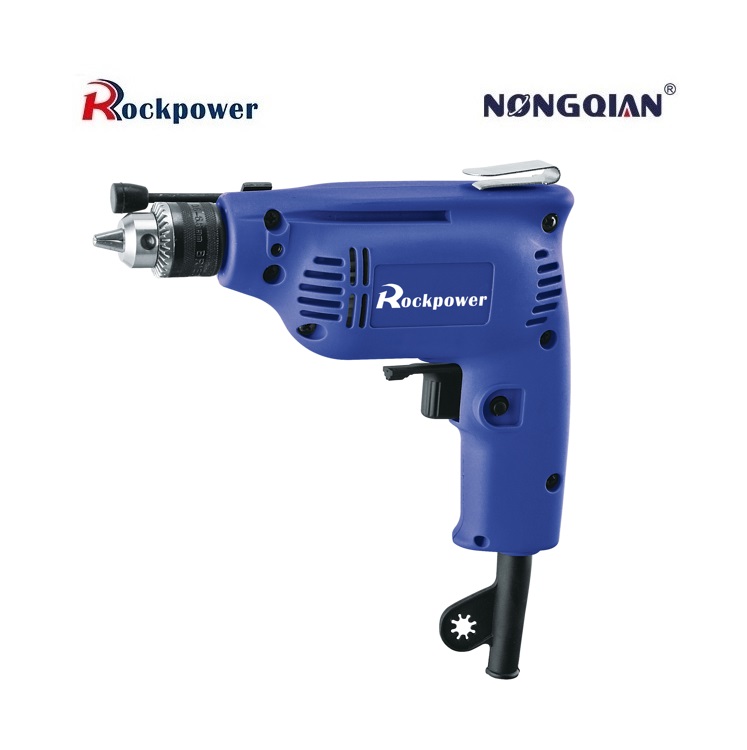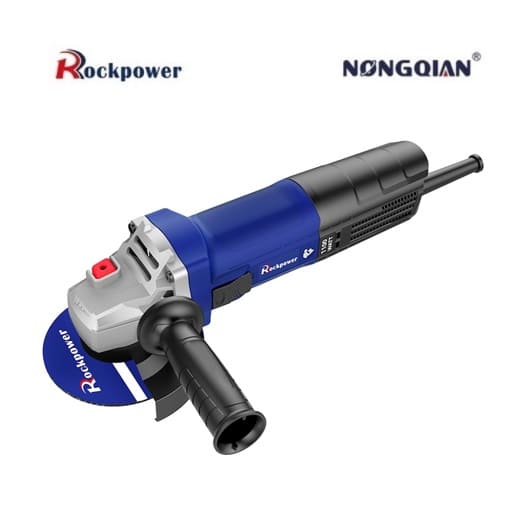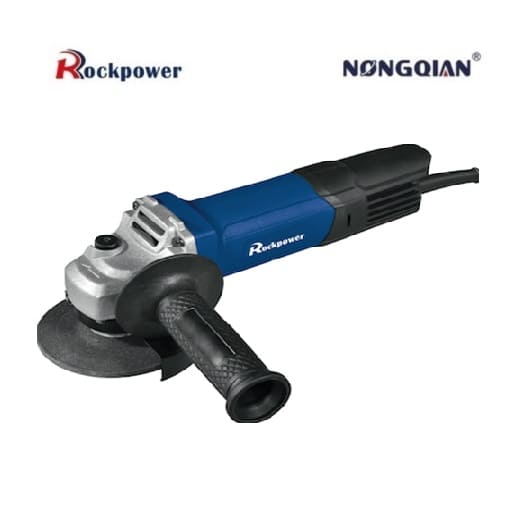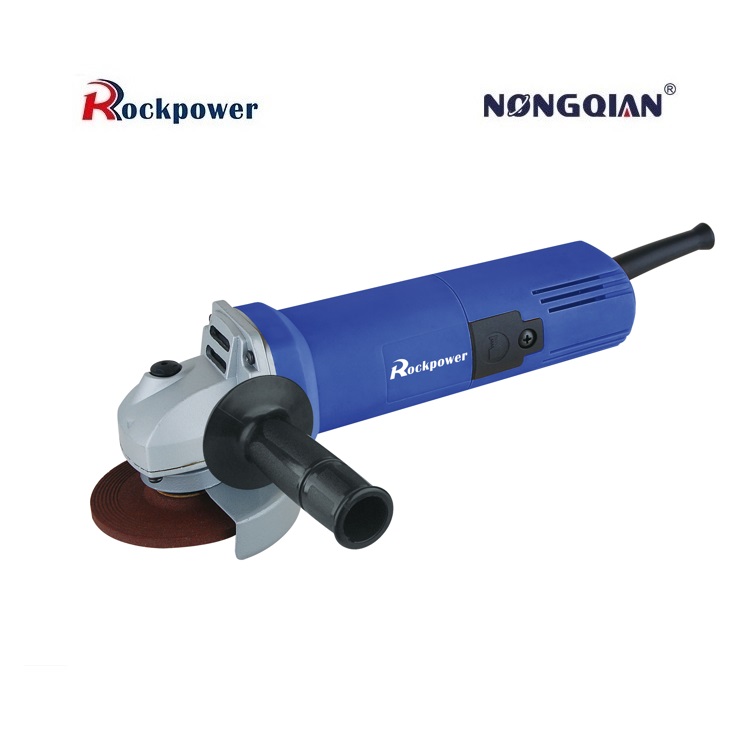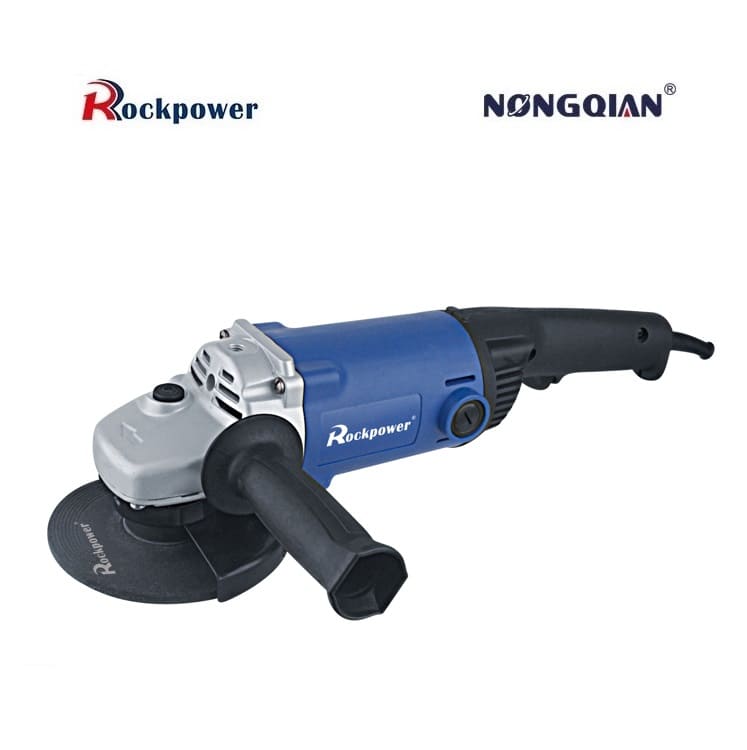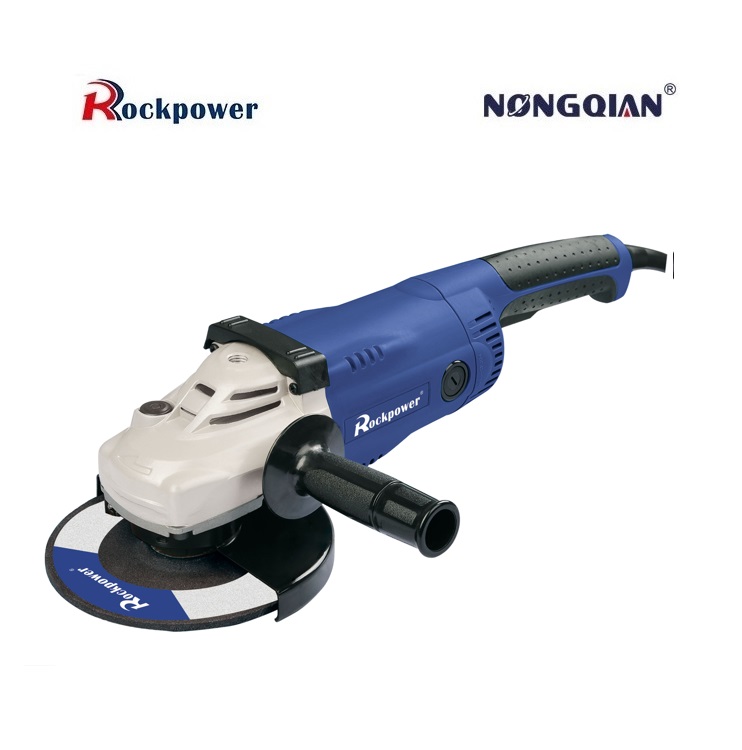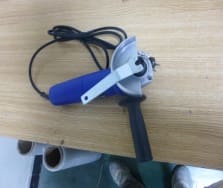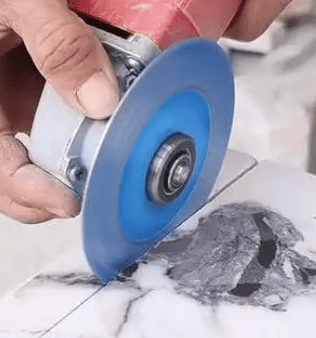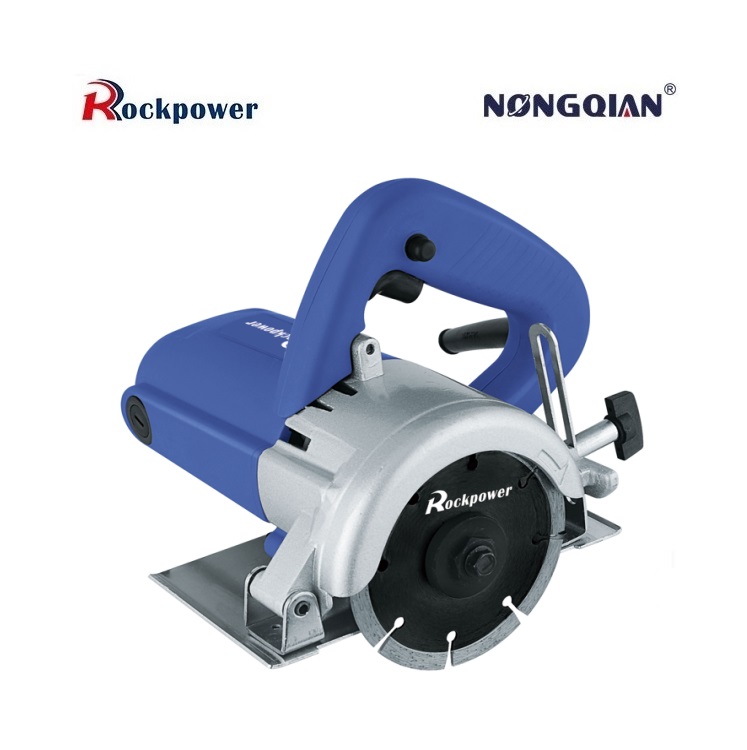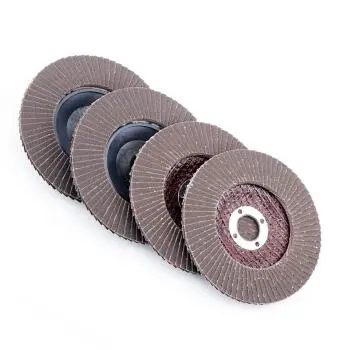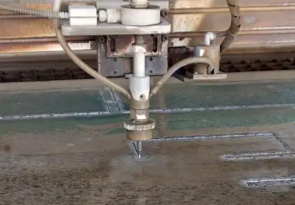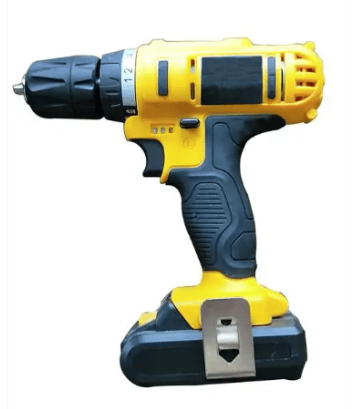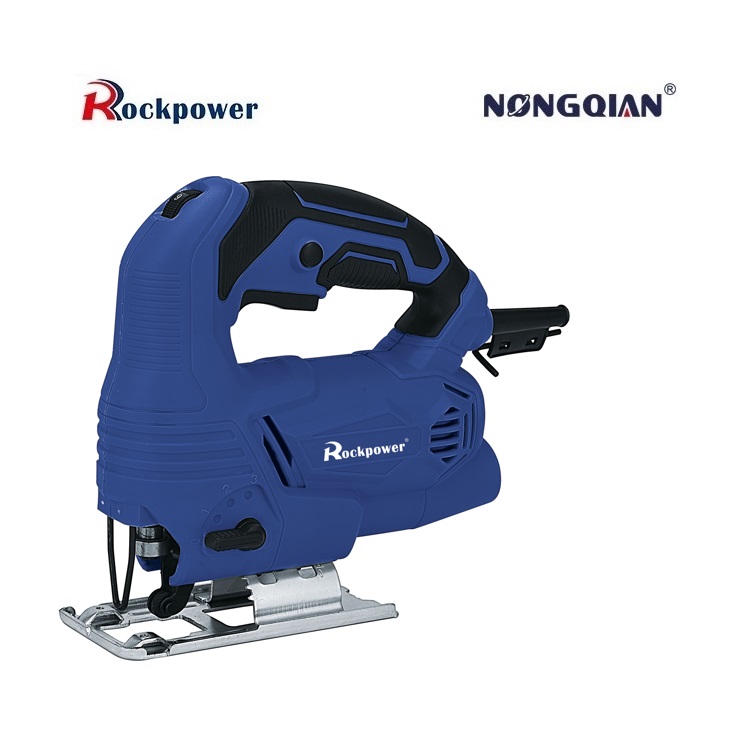Can you drive screws with a combi drill?
A power drill can drive screws, but settings must be adjusted based on the specific model. The screwdriver bit from the drill’s accessory kit is required. When using a power drill to tighten screws, the following points should also be noted:
Key Points:
Applicability
Most power drills (especially handheld ones) come with screwdriver bits and can be used directly for driving screws. For example, the Green Forest Power Drill supports screw bit installation and features variable speed and reverse rotation, adapting to different materials and torque requirements.
Operation Guidelines
- Select the Compatible Screw Bit – Choose a bit that matches the screw type (e.g., flathead, Phillips) and secure it in the drill chuck.
- Adjust Torque – Set the torque according to the screw material (e.g., metal, wood) and size to avoid stripping or damaging the screw.
- Grip and Operation – Hold the drill steadily, rotate slowly until the screw is tightened, and reduce speed near the end to prevent over-tightening.
- Power Control – Adjust the drill’s speed and torque settings appropriately.
- Ensure Proper Fit – The screw bit must match the screw head size precisely.
- Monitor Battery Usage – Use battery power as needed for optimal performance.
- Work Slowly – Gently guide the screw into the threads to ensure a tight seal.
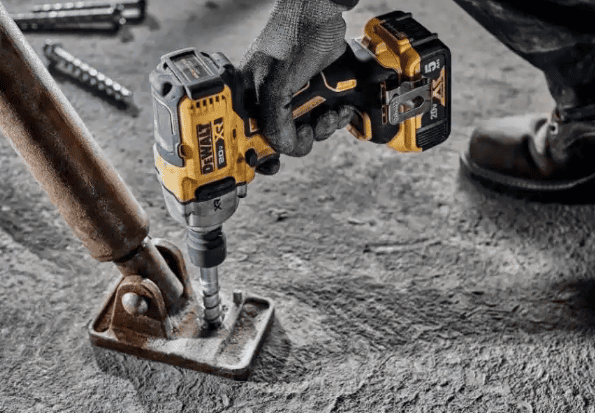
Note: Power drills and wrenches differ in handling and precision when tightening. They are not fully interchangeable in terms of torque and angle control. For secure fastening, the tool size and applied force must be appropriate. If unsure, first tighten the screw slightly with a wrench, then use the drill for final adjustments to protect both the drill and the screw.
Precautions
- Avoid use in damp or flammable environments.
- Regularly check if the screw bit or chuck is loose.
- Lubricants (e.g., WD-40 Anti-Rust Lubricant) can improve disassembly efficiency.
Some high-end models (e.g., Green Forest 12V Dual-Speed Drill) offer dual-speed adjustment and LED lighting for enhanced usability.
How to Choose a Power Drill?
If you plan to buy a power drill, consider these tips:
- Power Control – Variable speed options are ideal for different tasks, offering greater flexibility.
- Torque & Speed – Higher torque is essential for harder materials, making adjustable torque and RPM crucial factors.
- Accessories & Features – Check for additional attachments (e.g., drill bits, sanding pads) to expand functionality.
Avoid Common Mistakes
- Material Compatibility
- Softwood (e.g., pine) may not require pre-drilling; hardwood (e.g., oak) must be pre-drilled.
- Torque Settings
- Follow the screw’s recommended torque (e.g., 10-15 N·m for M6 screws)—excessive force can strip threads.
- Safety Measures
- Wear safety goggles to prevent debris injuries; avoid gloves to reduce entanglement risks.
When Not to Use a Power Drill?
- Precision Work – For watches or electronics, manual screwdrivers are safer (drills may apply excessive torque).
- Stubborn Screws – Rusted screws should first be treated with lubricant, then loosened using an impact drill (e.g., DEWALT DCF887B) in pulse mode.
By following these steps, a power drill can efficiently tighten screws, but always adapt tools and methods to balance efficiency and safety.
You may also interest to read similar questions:
What to look for when buying a cordless drill?
When to use impact vs drill?
Is a brushless drill better?
What does “brushless” mean on a drill?
Are corded drills more powerful?
Is a hammer drill more powerful than a regular drill?

